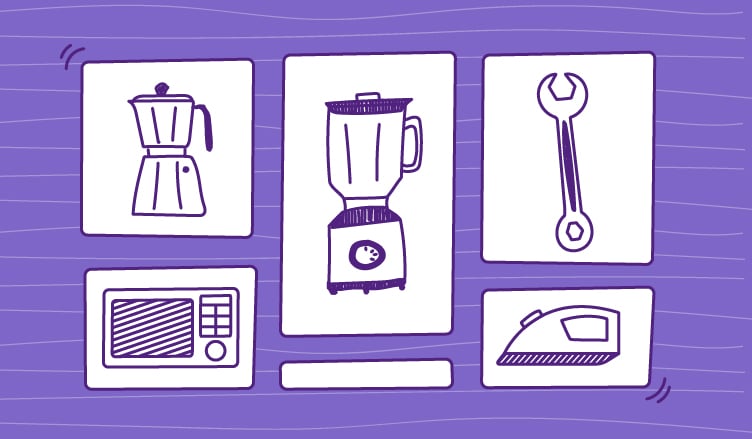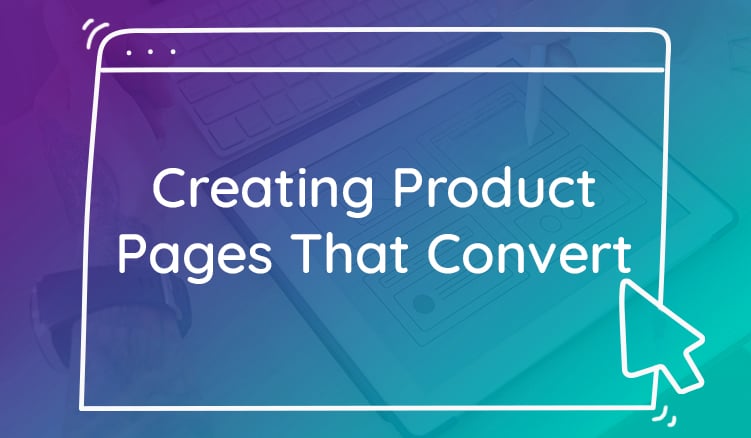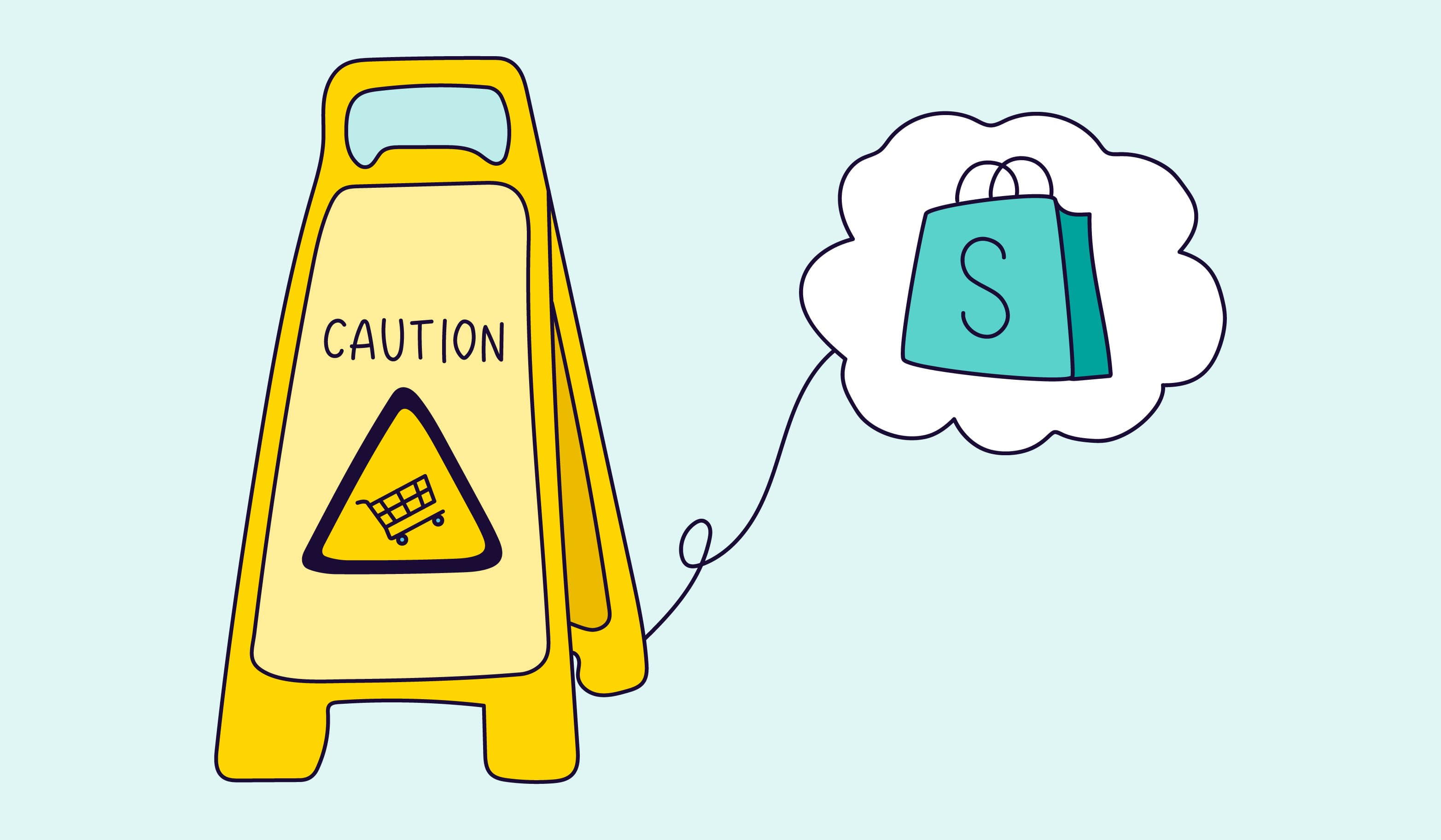Nothing kills a customer experience like a slow-loading website.
It also kills sales—up to 30%, amounting to over $2.6 billion annually.
Slow-loading is one of the main reasons for cart abandonment, dissatisfied customers, increased bounce rates, low rankings, and a loss in traffic and sales.
In 2013, Amazon lost $66,240 per minute in a 30 minutes downtime episode. This is an issue that affects all in ecommerce, but the impact of it on a small and medium-sized owned online store can be devastating. You won’t just lose sales, you’ll be giving your customers to your competitors on a sparkly silver platter.
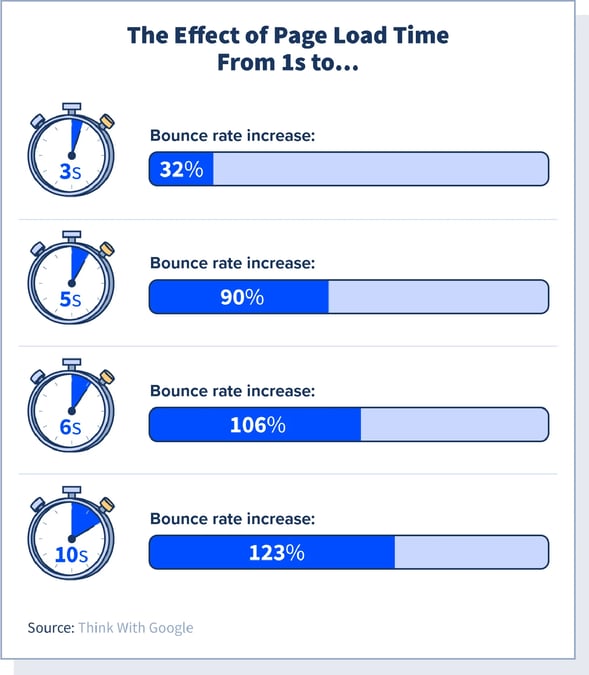
Poor loading is a key frustration that Magento store owners have faced for years, and store owners are consistently trying to find ways on how they can solve the slow-loading website issue. In this article, we go into detail about how a slow-loading web store is costing you, who it affects, and how you can solve this.
What are the common causes of a slow-loading web store?
There are many reasons why your website could be slow. Some require you to contact Magento’s support team. But, others, you can also solve yourself.
These include:
1. Too many HTTP requests
Too many HTTP requests will slow your website down. When a customer visits your web store, the browser makes several requests to load each one of these files, and that’s what causes a significant decrease in page loading speed.
This isn’t only a Magento problem; it affects many retailers using other ecommerce platforms to host their ecommerce web stores. According to the Yahoo developer’s page, HTTP requests can take up to about 80% of a webpage’s load time, which is why your page is taking time to load and frustrating customers.
You can reduce HTTP requests by:
- Decreasing the number of files on your pages
(Those can include CSS, images, and javascript) - Minifying and merging your CSS and Javascript files can reduce the amount of code that needs to be transferred so that your site can run much faster. Merging will help compress multiple CSS and Javascript files into one. This stops it from loading each file separately and reduces latency
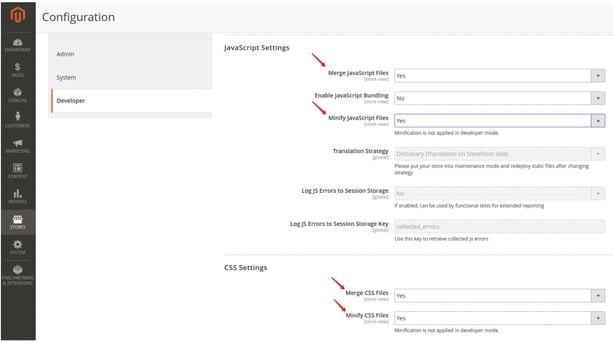
2. You aren’t caching your data enough
Browser caching is one effective way to improve your page loading speed. How this works is that it enables you to store frequently used data in cached memory, so when retrieving data that’s already been cached, it will process data retrieval much faster. This pushes your web store to load quicker. You can cache several things that are known to affect page loadings, such as HTTP, database queries, and images. So, make sure you enable full page caching on your Magento store.
3. Not having access to a CDN service
If you have a multilingual store, then having a content delivery network (CDN) service can be beneficial in improving your web store performance. A CDN service allows you to have a group of web servers distributed across multiple locations, and this is used to deliver content to your website visitors efficiently by assigning and using a server close to the visitor. If you find investing in a CDN service unnecessary, you can invest in a centralized PIM database with capabilities that mirror CDN services and allow content to be sent to users much faster.
4. A large volume of your media isn’t optimized
Digital assets, especially images, are a key component of a converting website. They help attract customers to your product and make informed decisions. A new survey found that 47% of US online consumers say high-quality product images are the most powerful factor when considering to purchase from a specific brand.
More often than not, quality pictures can be the reason your page's speed is down, especially if they aren’t optimized for the correct channel. High-resolution images consume a large amount of bandwidth while loading, and this can cause your page to load slower than usual. Using JPEG would be your best option as they are much smaller in size than other formats and will therefore improve your page speed.
To improve this, you can store your images in a product catalog tool that has digital asset management (DAM) capabilities. Plytix PIM, for instance, lets you store your digital assets in a third-party system instead of in the backend. Our Channel module allows you to resize the images in the desired sizing before adding them to your website. Resizing them before uploading them will ensure the size of your web page doesn’t increase, which causes a website to load slowly.
The impact of slow-loading on customer experience
Customer experience has become one of the most important things for customers that choose to shop online. For some, it can even surpass product experience. While we believe both customer and product experience should be a priority in ecommerce, customer experience is what customers are looking for right now.
According to a study done by American Express, 86% of customers will pay more for a better experience. One of the main drivers of customer experience is user experience (UX); it ensures your customers can easily navigate your website, make a purchase, and go on with their day. By making the experience seamless, they’ll purchase from you more frequently. Google recommends that a web page should take two seconds to load, and 40% of customers will leave a website if it takes over 3 seconds to load. But what happens when a customer experiences a slow page?
According to Hubspot, here's how a slow loading page will affect you:
- The first five seconds a customer is on your page has the highest impact on conversion rates; that’s why you need a fast loading page
- A slow-loading page can decrease your conversion rates by an average of 4.42%
- 70% of customers agree that page speed influences their eagerness to buy from an online retailer
- Page speed that goes from one to three seconds can increase bounce rate by 32%
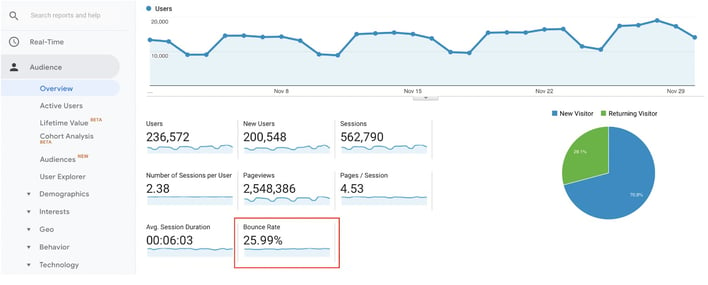
Additionally, a slow-loading page web store will negatively impact all your SEO efforts. Google will rank your web store poorly as site speed plays a role in your technical SEO; it can also affect your business’s online presence, position on search engine result pages (SERPs), and the number of website visitors you have.
Don’t let a slow-loading web store cost you any more!
It’s important to check every possible reason for poor performance because sometimes, the reason isn’t Magento. Make sure you explore Magento challenges that you can fix, but also know that it could be something as simple as storage.
This is where a catalog management system like the Plytix PIM can be a lifesaver.
Our next-generation PIM for Magento can assist you in storing your digital assets. This allows you to free up your storage space in your backend. To learn more about a PIM system, sign up for free and speak to a specialist.


